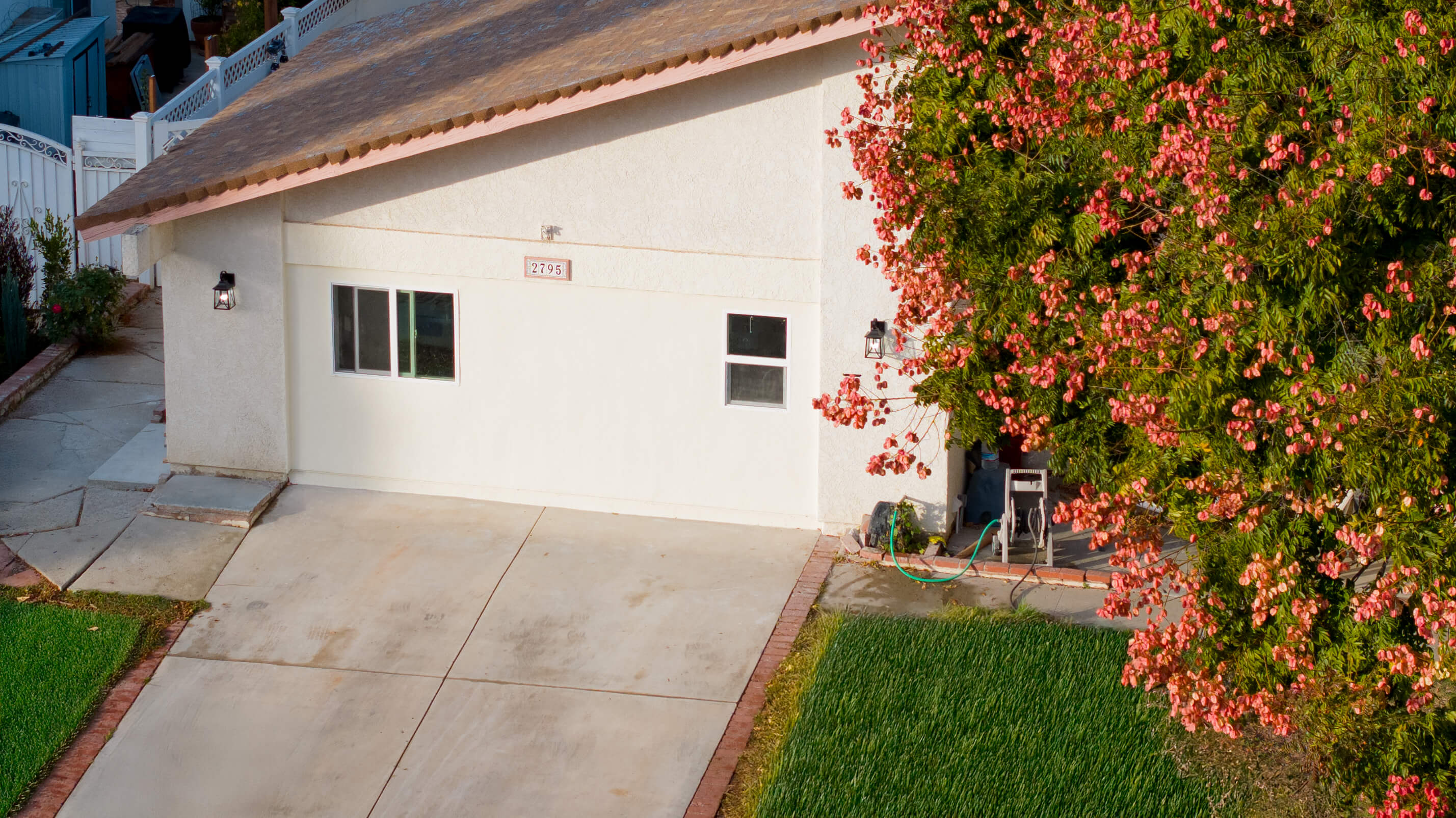SB-684 and ADU Development: Combining Lot Splits with Accessory Dwelling Units

Combining SB-684 lot splits with Accessory Dwelling Unit (ADU) development creates powerful opportunities for property owners to maximize both property value and rental income potential. This comprehensive guide explores how to strategically combine these California housing laws.
Understanding the Combination Opportunity
SB-684 lot splits create separate parcels, and each resulting lot may qualify for its own ADU under California's ADU laws. This combination can potentially double or triple your development opportunities.
Legal Framework
*SB-684 Lot Split Rights
*
- Divide one lot into two separate parcels
- Each parcel becomes independently developable
- No restrictions on subsequent ADU development
- Each single-family lot can have one ADU
- Additional Junior ADUs (JADUs) may be allowed
- Streamlined approval process for most ADUs
- Original lot with existing house + ADU
- First new lot with new house + ADU
- Second new lot with new house + ADU
- Potential for 3 primary units + 3 ADUs = 6 total units
- Size lots to accommodate both main house and ADU
- Consider setback requirements for both structures
- Plan utility connections for multiple units
- Optimize lot orientation for privacy and access
- ADUs can generate $1,500-4,000+ monthly rent
- Multiple units provide income diversification
- Strong rental demand in most California markets
- Potential for significant cash flow generation
- Lot split typically increases value 40-80%
- ADUs add additional 15-25% value
- Combined effect can double property value
- Creates multiple exit strategies for owners
- Plan building placement for optimal privacy
- Design circulation to serve multiple units
- Consider parking requirements for all units
- Plan utility services efficiently
- Coordinate design themes across units
- Plan for optimal solar access
- Consider noise separation between units
- Design for different tenant types
- Lot split creates additional collateral
- ADU construction loans increasingly available
- Potential for sale of one lot to finance development
- Cash-out refinancing on increased value
- Calculate return on investment for each phase
- Consider holding vs. selling strategies
- Analyze cash flow projections
- Plan for property management needs
- Complete lot split before ADU permits
- Coordinate with local planning departments
- Understand ADU approval timelines
- Plan for utility connection approvals
- Verify ADU allowances in your zone
- Understand parking requirements
- Check height and setback restrictions
- Consider historic district limitations
- Begin ADU planning during lot split process
- Coordinate design and permitting
- Optimize construction scheduling
- Manage financing and cash flow
- Multiple units require adequate utility capacity
- May need utility upgrades for full development
- Coordinate with utility providers early
- Plan for potentially significant upgrade costs
- Higher density may concern neighbors
- Traffic and parking impacts
- Consider community relations strategy
- Design for neighborhood compatibility
- Multiple financing needs and timelines
- Complex cash flow projections
- Property tax implications
- Insurance and liability considerations
- Use professionals experienced with both SB-684 and ADUs
- Coordinate architects, contractors, and consultants
- Establish clear communication protocols
- Plan for integrated project management
- Analyze rental markets for different unit types
- Research buyer preferences for buildable lots
- Consider timing of development phases
- Plan marketing strategies for each phase
- Develop comprehensive pro formas
- Plan contingencies for cost overruns
- Consider different exit strategies
- Evaluate tax implications
- Generate ongoing rental income
- Build long-term wealth through appreciation
- Benefit from tax advantages of rental property
- Maintain control over property development
- Sell completed units for immediate profit
- Retain one lot for personal use
- Market to different buyer segments
- Optimize pricing and timing
- Develop one lot, sell the other
- Retain ADUs for rental income
- Balance immediate profit with long-term income
- Maintain flexibility for changing circumstances
- Increasing acceptance of ADUs
- Strong rental markets statewide
- Rising property values support development
- Government support for housing creation
- Continued streamlining of ADU approvals
- Potential coordination between lot split and ADU laws
- Local jurisdictions adapting to combined development
- Financial incentives and support programs
*California ADU Rights
*
*Combined Opportunity
*
Strategic Planning Considerations
*Lot Configuration for ADU Development
*
*Phased Development Strategy
*
- Phase 1
Complete lot split process
- Phase 2
Develop first lot with house and ADU
- Phase 3
Develop second lot or sell as buildable lot
- Phase 4
Add ADUs to any remaining lots
Market Analysis
*Rental Income Potential
*
*Property Value Enhancement
*
Design Optimization
*Site Planning
*
*Architectural Considerations
*
Financing Strategies
*Construction Financing
*
*Investment Analysis
*
Regulatory Compliance
*Permitting Coordination
*
*Zoning Compliance
*
Timeline Coordination
*Sequential Development
*
- Months 1-8
Complete SB-684 lot split
- Months 9-12
Design and permit first development
- Months 13-18
Construct first house and ADU
- Months 19-24
Develop second lot or market for sale
*Parallel Processing
*
Common Challenges
*Infrastructure Capacity
*
*Neighborhood Compatibility
*
*Financial Complexity
*
Success Strategies
*Professional Team
*
*Market Research
*
*Financial Planning
*
Exit Strategies
*Hold and Rent Strategy
*
*Develop and Sell Strategy
*
*Mixed Strategy
*
Market Trends
*Growing Demand
*
*Regulatory Evolution
*
Combining SB-684 lot splits with ADU development represents one of the most powerful strategies available to California property owners for maximizing both property value and income potential. Success requires careful planning, adequate financing, and coordination of multiple regulatory processes, but the potential returns can be substantial.


